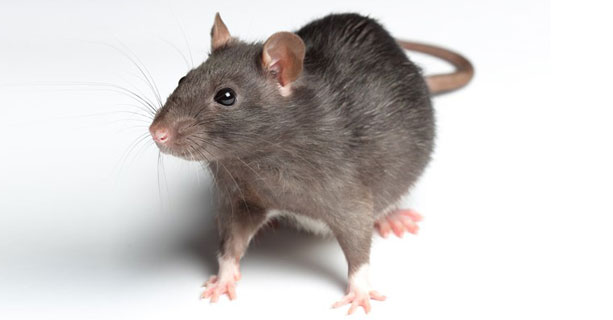– A zoonosis caused by spirochetes of the genus Leptospira, affecting many domestic and wild animals (especially rodents, mainly sewer rat).
– Human contamination is indirect (contact the excoriated skin or mucous membranes with water contaminated with animal urine, when swimming, for example) and more rarely directly through contact with infected animals.
 Clinical signs :
Clinical signs :
Diagnosis is difficult because of the variety of clinical presentations. There are usually of moderate (most common, of favorable development) and severe (with multiple organ involvement).
– Moderate form
• After 3 weeks of incubation flu syndrome (high fever, chills, headache, myalgia) often associated with digestive disorders (anorexia, abdominal pain, nausea, vomiting) and sometimes lung (cough, chest pain). Other signs: conjunctival hemorrhage, hepatosplenomegaly, multiple lymph nodes. Mild jaundice may be present but this form is most often anictérique.
• The signs regress after 5-6 days, then reappear, sometimes with meningeal syndrome may be complicated by encephalitis or myelitis.
– Severe form or Weil syndrome
The onset of the disease is identical to the less severe forms of leptospirosis. After a few days reached acute infectious hepatorenal with fever, jaundice, renal failure with oligoanuria; diffuse haemorrhagic syndrome (purpura, ecchymosis, epistaxis, etc.), pulmonary signs (cough, chest pain, hemoptysis) or heart (myocarditis, pericarditis).
Laboratory:
– Isolation Culture Leptospira in blood, CSF (1st phase) or urine
(2nd phase).
– Serologic tests: immunofluorescence or ELISA (antibodies are recovered from the 8th day).
– Blood cell count: polymorphonuclear leukocytosis.
– In case of meningeal syndrome: lumbar puncture shows a clear liquid with often lymphocytosis and neighboring protein concentration of 1 g / liter.
– Urine: proteinuria, pyuria, hematuria and sometimes cylindruria.
Treatment:
– Rest and treatment of fever: paracetamol PO
Acetylsalicylic acid (aspirin) is against-indicated (bleeding risk).
– Antibiotic treatment to begin as soon as possible:
• Moderate form
PO amoxicillin
Children: 50 mg / kg / day divided into 2 or 3 doses for 7 days
Adult: 2 g / day in divide into 2 or 3 doses for 7 days
or
doxycycline PO (except in pregnant or breastfeeding women and children under 8 years)
Children over 8 years: 100 mg / day in 2 divided doses for 7 days
Adult: 200 mg / day in 2 divided doses for 7 days
or
erythromycin PO
Children: 50 mg / kg / day divided into 2 or 3 doses for 7 days
Adults: 2 to 3 g / day in 2 or 3 doses for 7 days
• Severe form
IV ampicillin
Children: 100 mg / kg / day in 3 injections
Adult: 4-6 g / day in 3 injections
Skip to the oral route as soon as possible with amoxicillin to complete 7 days of treatment.
or
erythromycin IV
Children: 50 mg / kg / day divided into 3 or 4 injections
Adult: 2 g / day in 4 divided injections
Switch to oral route as soon as possible to complete 7 days of treatment.
Prevention:
– Avoid bathing notion endemic.
– Fight against rats, sanitation, water hygiene.
– Vaccination only for professional presentations.
